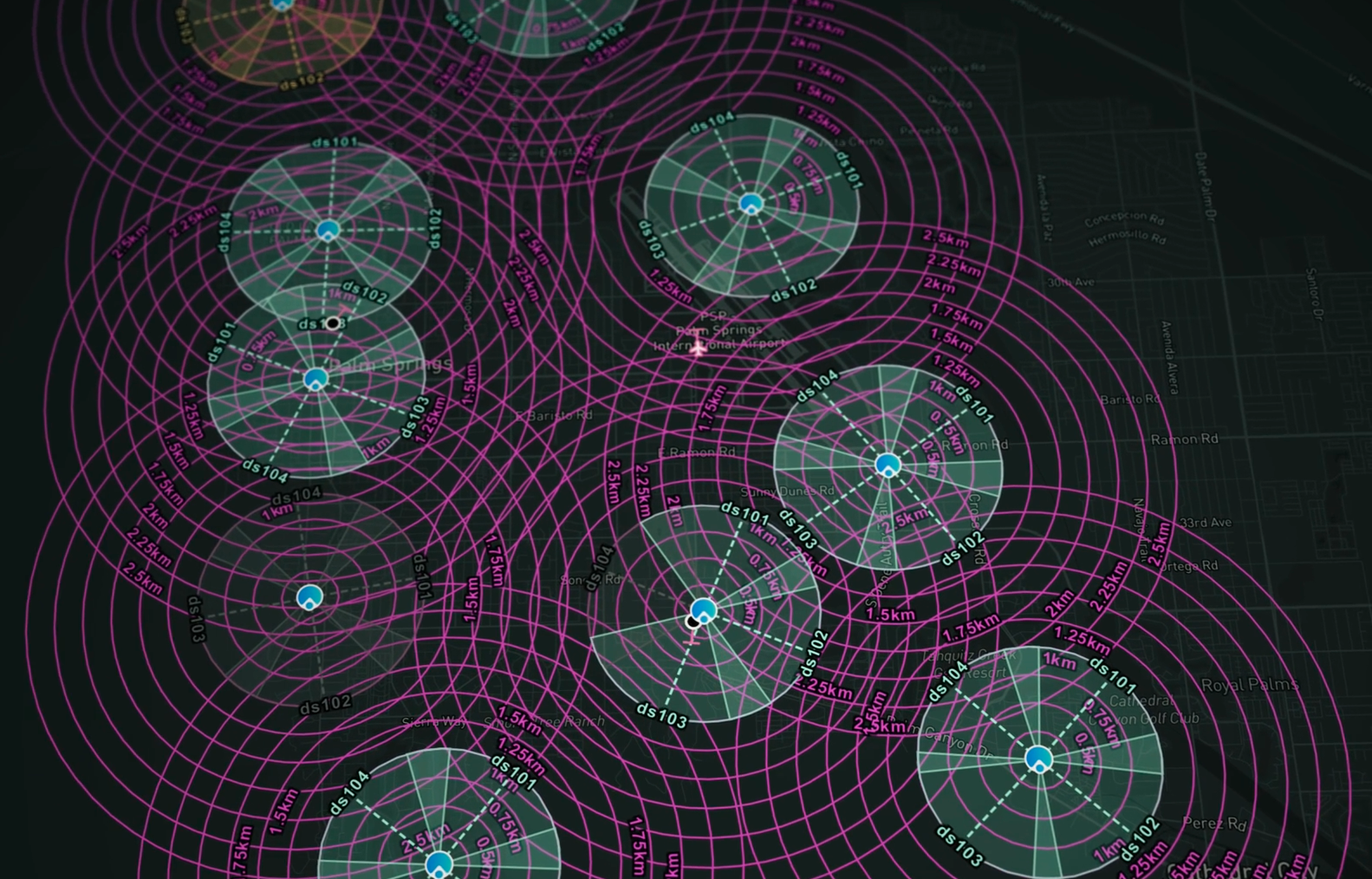Who Wants to Change the World?

Long ago, when I was a Senior at Cal Poly San Luis Obispo and trying to decide which offer to take and how to manage “this fork in the road“ moment, it was a choice between a traditional business route or the emerging technology route.
The Western Regional Head of a large Consumer Products Organization called, aghast that I was turning them down to take a role at AT&T. He told me they were a dead company, in a dead field, along with some other comments about why I was making a really bad decision. Meanwhile, my professors told me you only make money in finance – you needed to be close to dollars to make dollars. Then there were various “experts” telling me about women not really going into technology and why we were better suited to the back office, not leading from the front.
But for me, what was important was the need to create something that could make a difference and help people. At the time it seemed technology was clearly where the action was, and it was technology that had the potential of eliminating some of the differences in services and access that are so striking in life between rural areas and major cities both here in the US and around the world. So off I went to AT&T.
Fast-forward to today and my role at MatrixSpace here in our Burlington, MA offices on the Northeastern University Innovation Campus. I’m still helping technology make a difference in everyday life. In fact, the whole team is driven by a desire to create change by bringing autonomous operations to some of the world’s largest organizations – both public and private – and in turn changing how many services are not only improved but re-imagined.
It’s an exciting place we find ourselves in at MatrixSpace. We have radar, which has been around for decades. We have AI which is becoming more widely deployed. We have communications capabilities evolving in front of us. Combined, they present an incredible opportunity to re-think a wide range of applications.
We’re driving communications and information access further to the edge using AI and machine learning. That means faster responses to public safety incidents by alerting responders with real-time information and coordinates, using Augmented Reality with specialized communications to support operations from heavy industry to border and environmental controls in remote places around the world. The list goes on.
Can we finally deliver medicines, at scale, to remote areas? Can we make remote infrastructure surveys cost-effective and scalable? We’re at the cusp of making what to date has been one-off prototypes of remote access become more widely deployable and practical. MatrixSpace is accelerating the art of the possible and bringing it to the here and now.
So, I’m glad I ignored all the “wisdom” all those years ago because honestly – wouldn’t you rather be changing the world?
Keep Reading

Everything we build at MatrixSpace is designed for easy integration and extensibility. It allows us precise control our radar systems with precision, embed them with deep technology features, visualize data for users and orchestrate sensor interconnection. It also allows us to quickly integrate our systems with a broad ecosystem of other applications through open APIs.

MatrixSpace was selected as one of 10 finalists for the DIU's Low-Cost Sensing challenge for counter drone detection, addressing the lack of affordable scalability in traditional defense sensor systems.

DroneSense customers can now seamlessly conduct remote operations with comprehensive airspace awareness in a common operating picture with the inclusion of MatrixSpace radar detection intelligence.